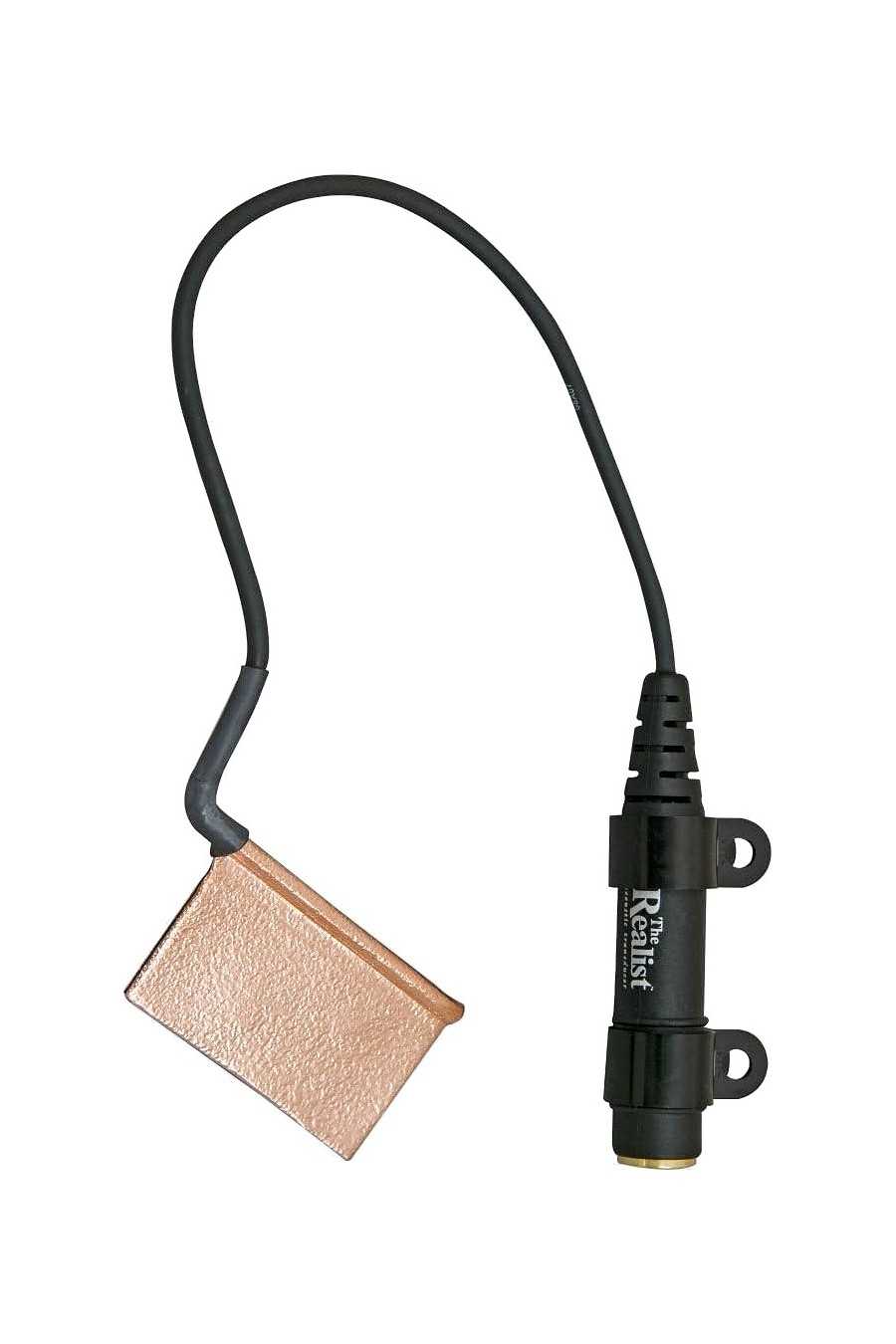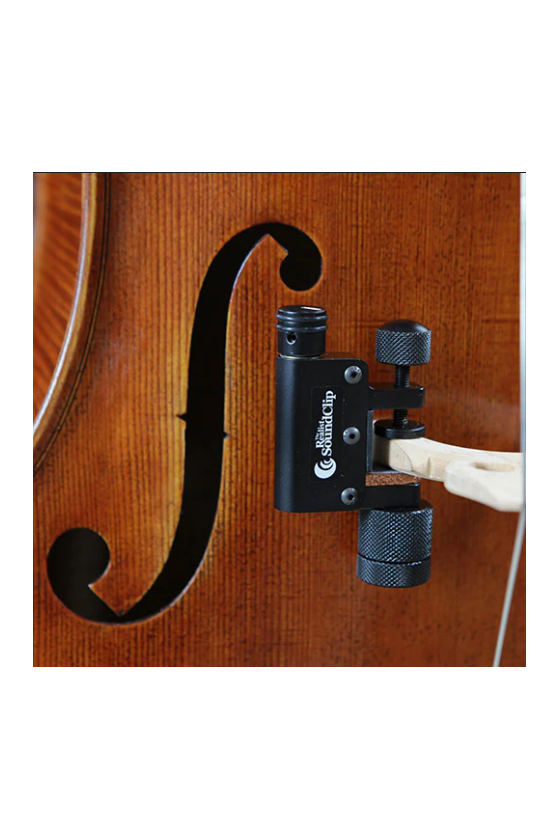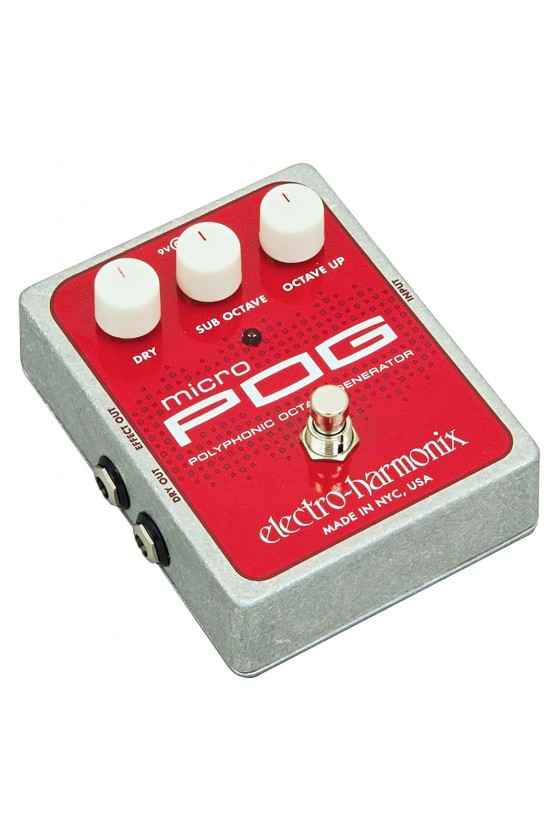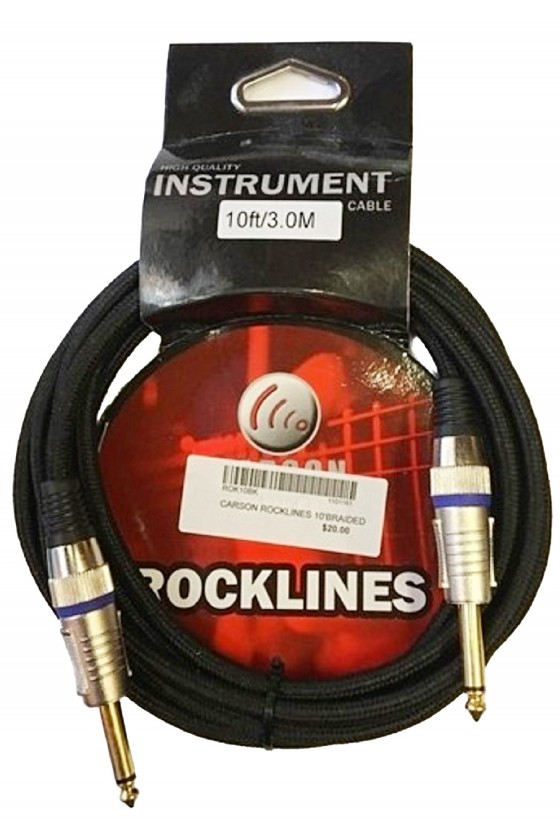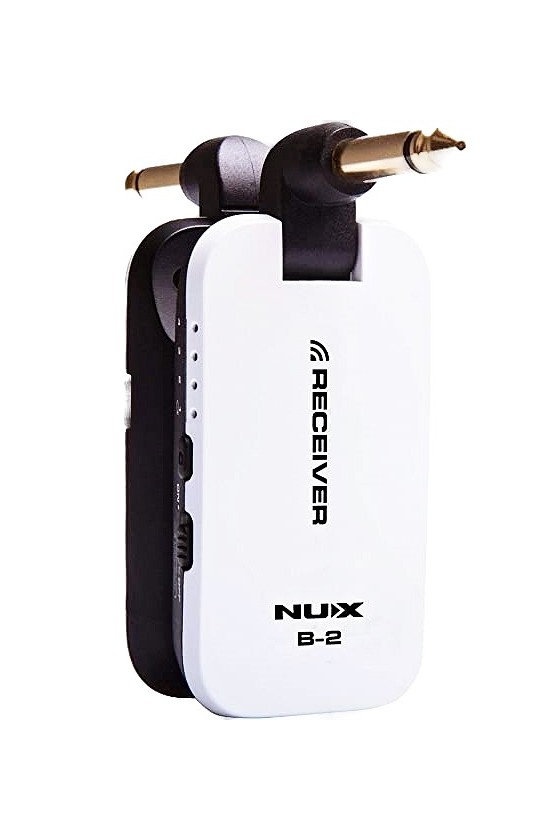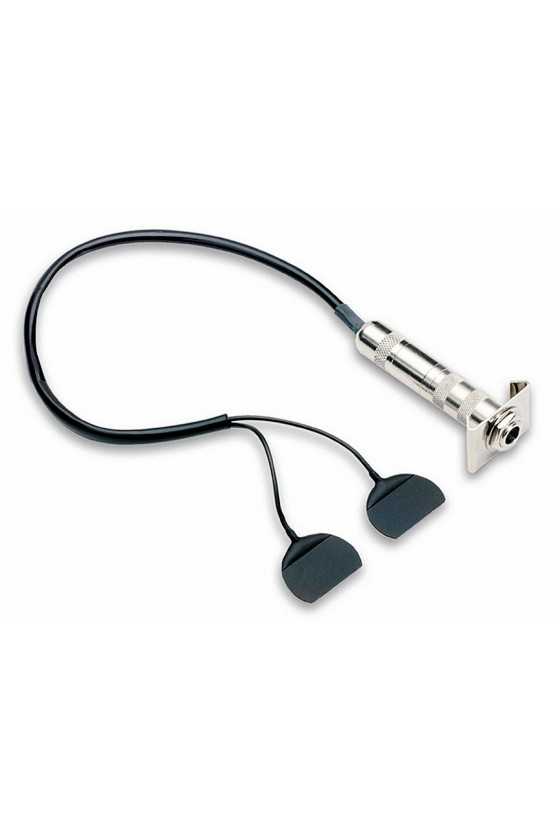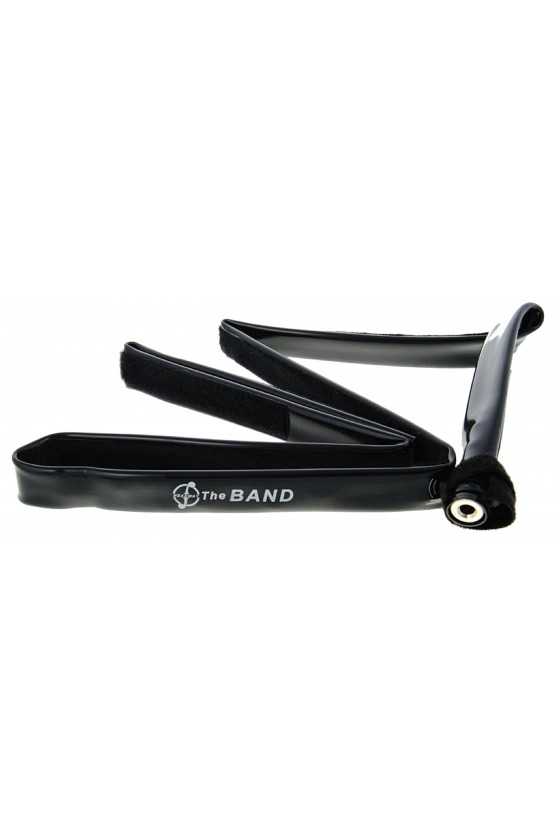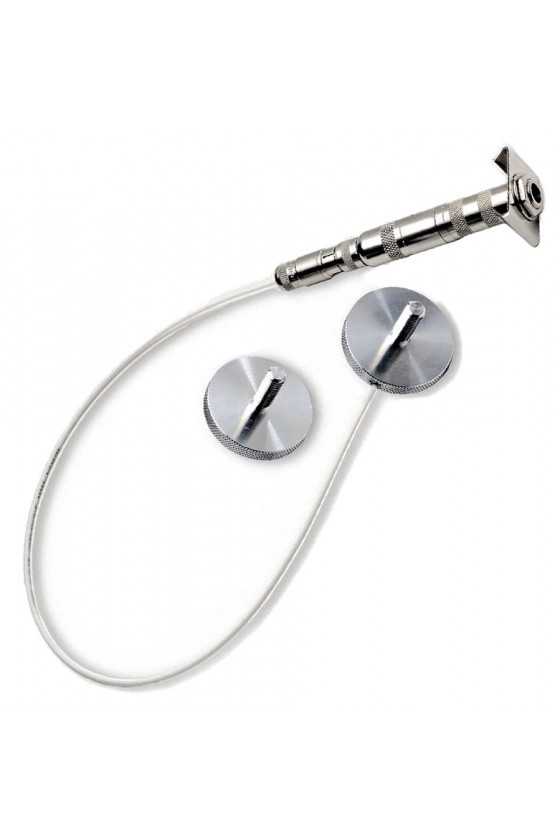Realist Copperhead Piezo Transducer Pick-Up For Bass
Realist Copperhead for Bass delivers a natural sound with excellent dynamic response for arco and pizzicato articulations.
• This double bass transducer has a 1/4-inch input jack and a copper element.
• The product produces a clear, transparent sound with crystal-clear details and exceptional dynamic response.
• This works well for both arco and pizzicato techniques, with no need for attenuation between them.
• The produced sound is similar to that of an acoustic instrument but amplified and sounds entirely natural.
• The installation process is very convenient and doesn't require any changes to your device.
Realist Copperhead for Bass
Ned Steinberger collaborated with David Gage to design the Realist acoustic transducer for various instruments, including bass, cello, viola, violin, arch-top guitar, mandolin, banjo, and kora.
Realist Copperhead for Bass delivers a natural sound with excellent dynamic response for arco and pizzicato articulations. There is no need to adjust your amplifier between passages; it installs easily without alterations to your instrument.
- This double bass transducer has a 1/4-inch input jack and a copper element.
- The product produces a clear, transparent sound with crystal-clear details and exceptional dynamic response.
- This works well for both arco and pizzicato techniques, with no need for attenuation between them.
- The produced sound is similar to that of an acoustic instrument but amplified and sounds entirely natural.
- The installation process is very convenient and doesn't require any changes to your device.
David Gage on the development of The Realist:
"Recognizing the limitations of microphones and traditional piezo transducers, Ned and I decided that for the working musician things could and should be better. We felt a transducer should be equal in it's ability to recreate an acoustic pizzicato and arco sound through commonly used amplifiers.
Furthermore, this pick-up had to be simple, dependable, and affordable. After years of consideration and tests, we have come up with a system that achieves all of these goals.
We understand the hours of practice it takes to draw your sound out of your instrument, and with this pick-up we feel your voice can be heard more accurately through an amplifier. Both recording engineers and professional musicians have been startled by the great tone and even response when playing pizzicato and arco. Finally, you can play both pizz and arco without having to play with your controls."
Ned Steinberg on the development of The Realist:
"This pickup is the result of an intensive collaboration between myself and luthier David Gage. He is one of the first people from the acoustic bass scene to reach out and support my work on the electric upright. It was the piezo bridge pickup in particular that caught his interest because of the full, rich tonality, especially when bowed, that seemed to be missing in other electric instruments. We got to talking about the dissatisfaction so many acoustic string players have with the sound of the pickups that are available. The next thing I know, I've got one of David's prize instruments in my studio, and we are testing all kinds of old and new variations of pickup designs. The result is The Realist, which is an evolution of the original pickup in the NS Double Bass. Three elements combine to give The Realist the exciting tone that has so many players raving. The first is finding the right structure within and around the piezo crystal to respond optimally to the acoustic resonance of the instrument itself. This involves endless comparisons that I wouldn't wish on my worst enemy, and we have David's sensitivity and patience to thank for the excellent result. We owe a debt also to the many fine players who were corralled into helping evaluate the various options. Second, placing the transducer under the foot of the bridge puts it exactly where the sound is transferred from the strings to the sound board. This is definitely where the action is, and the rich, powerful response, both pizzicato and bowed, testifies to this simple fact. The output level directly from the pickup is unusually high, and as a result the signal to noise ratio is also very high, so no pre-amp or other active, battery powered gear is necessary. Just plug it in! The copper foil sandwich construction is the third key element in the system. It provides total shielding to eliminate hum from light fixtures and other electrical or radio interference. It is flexible enough to conform to the curve of the top of the instrument, so that the full pressure of the bridge is concentrated evenly onto the piezo surface. But all this technical stuff is beside the point when you are on stage or in the studio, the pressure is mounting, and you need your sound to be there. As both luthier and musician, David has plenty of field experience in the ongoing battle for tone. "
7 other products in the same category:
Electro Harmonix Micro POG (Polyphonic Octave Generator)
Generate multiple octaves from your input signal. Whether you play single notes, arpeggios, or full chords, the Micro POG will precisely track every note or chord you play!
• Polyphonic super-fast tracking: play chords, arpeggios, or single notes with no glitches
• Adjustable original pitch volume
• Adjustable one-octave up volume
• Adjustable one-octave down volume
• Amazing 12-string guitar
• It easily turns your guitar into a bass
• Church organ to Hammond-like organ sounds
• Dry output jack, in addition to the effect output jack
• Tough and compact die-cast chassis
• 96DC-200BI power supply included
If you have any questions or queries, please do not hesitate to contact us.
Carson Rocklines Heavy Duty Instrument Cable
This high-quality, noiseless, black braided instrument lead is suitable for all instruments, including guitars.
• 10ft length
• Carson's noiseless braided cable
• 3.0mm O/D
• Straight to straight heavy-duty diecast connectors with gold shafts
• Black
Nux B2 2.4GHz Wireless System
The NUXB2 Wireless system connects to a pick-up on your instrument, wirelessly delivering the sound to your amplifier.
• Nux B2 is a digital, wireless system designed for maximum home or studio rehearsal compatibility.
• Nux B2 passed rigorous testing for the highest signal stability and audio transmission quality.
• NUX B-2 works like a guitar cable but offers wireless freedom.
• Setting up the system is simple: choose your channel on the Transmitter & Receiver.
Fishman BP100 Double Bass Pick Up
The BP-100 is a dual-element piezo-ceramic pickup that is mounted on the bridge.
• The Fishman pickup is a classic, bridge-mounted, dual-element, piezo-ceramic design.
• An impedance-matching preamp is recommended but not required
• Professional installation is recommended
The Band Bass Pick Up By Headway
The band Bass Pick up by Headway with Free Shipping
The Band is an instant-fit pick-up that attaches with Velcro to the instrument's body.
• Reliable, sturdy construction
• It stores easily in most bag pockets.
• Passive devices are effective without pre-amps for amplification.
• Good rejection of feedback, background noise, body boom, and bowing
• It can be connected to mixing desks or combo amps and power multiple pedals and rack units.
Fishman Full Circle Double Bass Pick Up
Full Circle captures your upright bass in rich and authentic sound, from pizzicato to arco or slap.
• Produces an accurate, transparent sound
• Fine-tune your instrument's response with our customizable settings.
• The height adjuster wheel is encased in a sturdy aluminium casing.
• Quick retro-fit on instruments with height adjustment wheels
• While an impedance-matching preamp can be helpful, it is not required
• Professional installation recommended

